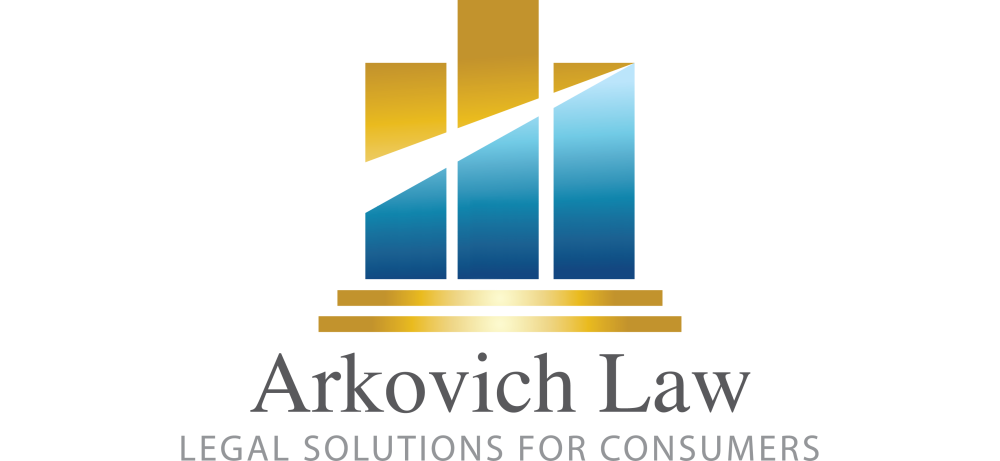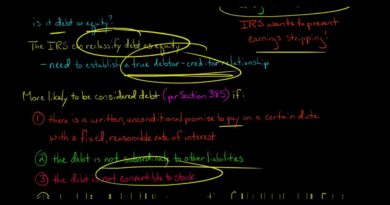The Federal Income Tax Exemption for Tips Would Benefit Very Few Workers
Both Donald Trump and Kamala Harris have pitched versions of the idea in their presidential campaigns for 2024. Both Donald Trump and Kamala Harris have pitched versions of the idea in their 2024 presidential campaigns.
TPC estimates that only 2 percent of households would receive a tax cut if gratuities were free from federal income tax. If only those households with adjusted gross income of $75,000 or less were eligible, about 1.5 percent would benefit.
Around 3.3 percent of households would receive more take-home pay if tips were exempt from both income and payroll tax, and if there were no limit on eligibility.
Of course, there would be a major trade-off. These workers would not pay into Social Security or Medicare if they avoided payroll taxes. When they reach old age they would receive lower or no benefits from these programs.
Limited benefits
According to TPC, excluding tips from income taxes would reduce federal revenues by $6.5 billion by 2025. However, capping the benefit at $75,000 or below would limit the revenue losses to $3.2 billion. Exempting income and payroll taxes for all tips would increase the cost to $13.5 billion in 2025. Even among tipped employees, the benefits would be limited. TPC estimated that only 60 percent of households would benefit from the deduction of tips from taxable income. Their average tax cut: about $1,800.
If the tax break is limited to those making $75,000 or less, only about 46 percent of households with tipped workers would benefit, with an average tax cut of about $1,150.
Effectively, all workers who report tipped income would benefit if their gratuities also were exempt from payroll as well as income taxes. Their taxes would fall by an average of about $2,100 in 2025.
Stylized Examples
Since neither candidate has specified details of their ideas, TPC modeled stylized versions of a tip tax deduction. It analyzed a deduction from income tax for tipped employees making $75,000 or under, which is similar to Harris’s plan. It also estimated that all tipped workers would be exempt from both income and pay-roll taxes, which could mimic Trump’s proposal. The average after-tax income of all households in that lowest income group would increase by about $10.
Who Benefits? Among all households in that lowest income group, their after-tax income would increase by an average of about $10.
Who Benefits?
Exempting payroll taxes as well would boost the after-tax income of tipped workers by an average of about $700, though the lowest-income households, the vast majority of whom earn no tipped income, would get an average tax cut of only about $40.
Among tipped workers, the biggest beneficiaries would be middle-income households making between about $63,000 and $113,000. Their after-tax income will increase by about 2.8 percent on average if they can deduct their tips from their taxable income. It did not show the effects of independent contractors, such as hairstylists or ride-share drivers, or teenagers who claim their parents as dependents. Nor did it show what would happen if workers shift from wages to tips in an effort to benefit from the tax exemption.
While Harris’s and Trump’s campaign ideas have received a great deal of attention, they would be irrelevant to more than 95 percent of households and even to many tipped workers.






